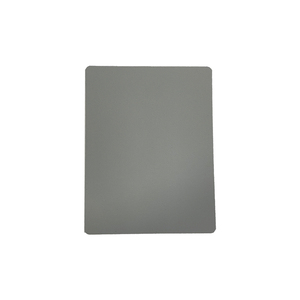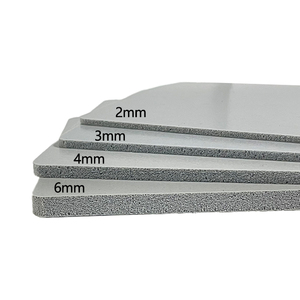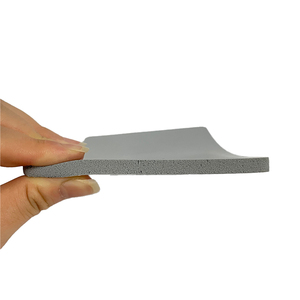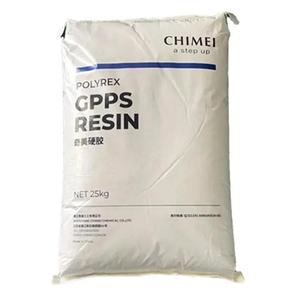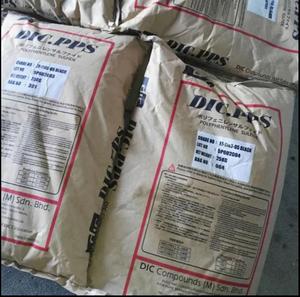Introduction to Modeling Styrene
Modeling styrene is a versatile and widely used thermoplastic polymer in the modeling and crafting industry. Known for its lightweight and flexible properties, modeling styrene is favored by hobbyists and professionals alike for creating detailed models and prototypes. This robust material is suitable for various applications, from architectural models to custom figurines. Thanks to its ease of use and adaptability, modeling styrene has become an essential resource for model makers around the world.
Types of Modeling Styrene
Modeling styrene comes in several forms to cater to various modeling needs and preferences. Here are some common types:
- Sheet Styrene: These flat sheets come in various thicknesses and sizes, ideal for creating structured elements in models.
- Styrene Rods: Available in different diameters, these rods are perfect for adding details and supports within your models.
- Styrene Tubing: Hollow tubes that can be used for creating pipes, exhaust systems, and other cylindrical features.
- Cast Styrene: Used for producing detailed parts and components, this type can be molded into various shapes.
Applications of Modeling Styrene
The applications of modeling styrene are vast, making it a must-have in various industries. Here are some prominent uses:
- Architectural Models: Widely used by architects to create scale models of buildings, allowing for a tangible visualization of projects.
- Prototype Development: Engineers and designers utilize modeling styrene to create prototypes of new products, aiding in the design and testing phases.
- Hobby Crafting: Modelers enjoy using styrene in crafting models of vehicles, aircraft, and figures, enhancing their creative expression.
- Educational Projects: Schools and universities often use modeling styrene in science and engineering projects to help students visualize concepts.
Features and Advantages of Modeling Styrene
Modeling styrene provides a range of features and advantages that make it the go-to choice for many model builders. Here are some of the key benefits:
- Lightweight: The low density of modeling styrene makes it easy to handle and transport, which is crucial for larger projects.
- Versatility: It can be cut, shaped, and glued with ease, allowing for high levels of customization in your models.
- Excellent Detailing: Its smooth surface allows for fine details to be added, enhancing the realism of models.
- Paintability: Modeling styrene easily accepts paints and adhesives, providing opportunities for further creativity and finishing touches.
- Durability: Despite being lightweight, it offers good strength and stability, ensuring your models last over time.





